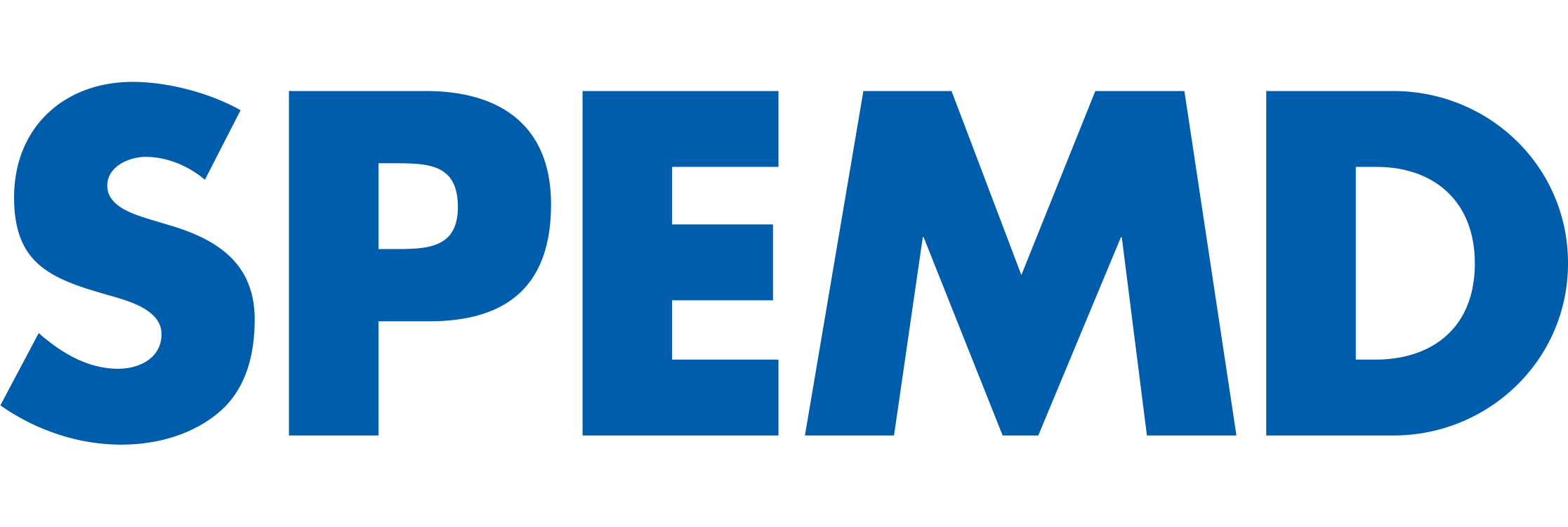Objectives: This study aimed to determine if there are differences in the upper airway space between the three facial biotypes described by Ricketts. It also investigated if there are anatomical differences between males and females at the upper airway level. Methods: Data was collected from a private orthodontic cl...
Objectives: Performing digital cephalometric analysis on apps is a convenient feature of handheld devices. The objective of this study was to assess the accuracy of the OneCeph cephalometric tracing app on a smartphone and computer. Methods: 34 lateral cephalograms were traced in two sessions using three methods: On...
Objetivo: Comparar a mensuração dos ângulos goníacos na ortopantomografia e telerradiografia de perfil, em doentes que apresentavam padrões de classe I, II e III esquelética. Métodos: O estudo decorreu no Instituto de Ortodontia da Faculdade de Medicina da Universidade de Co...
Objectives: This cephalometric study intended to evaluate pre-surgical changes in cephalometric variables on the lower third of the face produced by the orthodontic treatment, in patients with severe Class III malocclusions. Methods: The sample included 40 adults, divided into three groups: no-extractions (N), extra...
Objectives: This study compares the validity of two different methods with linear and angular measurements (Olive-Basford’s method and Olmos’ method) used as predictive methods ofmandibular third molar impaction. Methods: A long-term follow-up study analyzing measurements over dental panoramic radiographs i...
